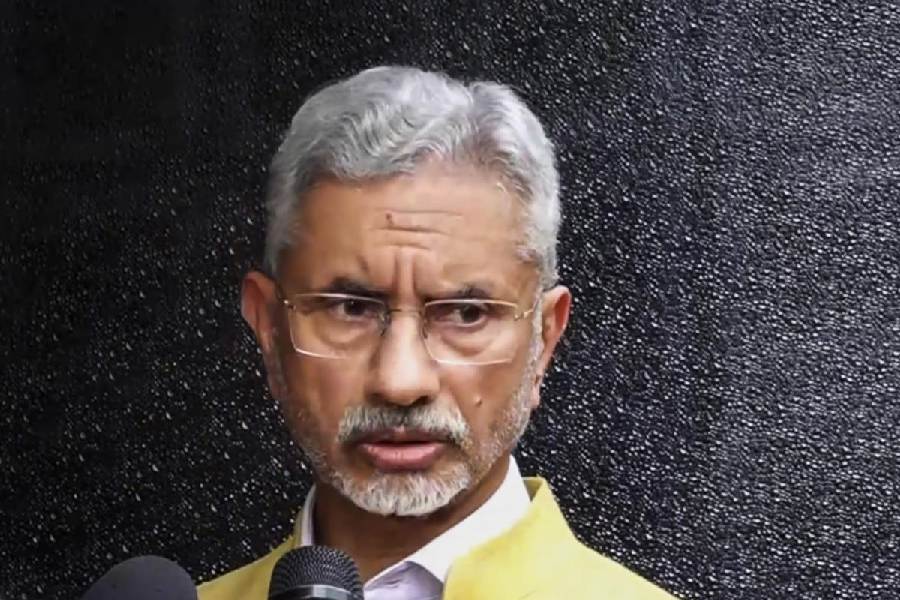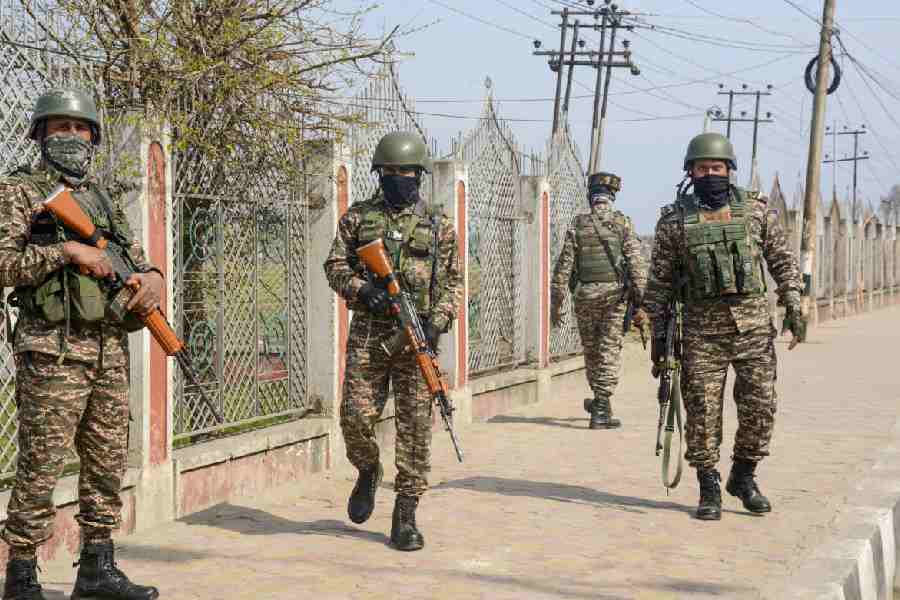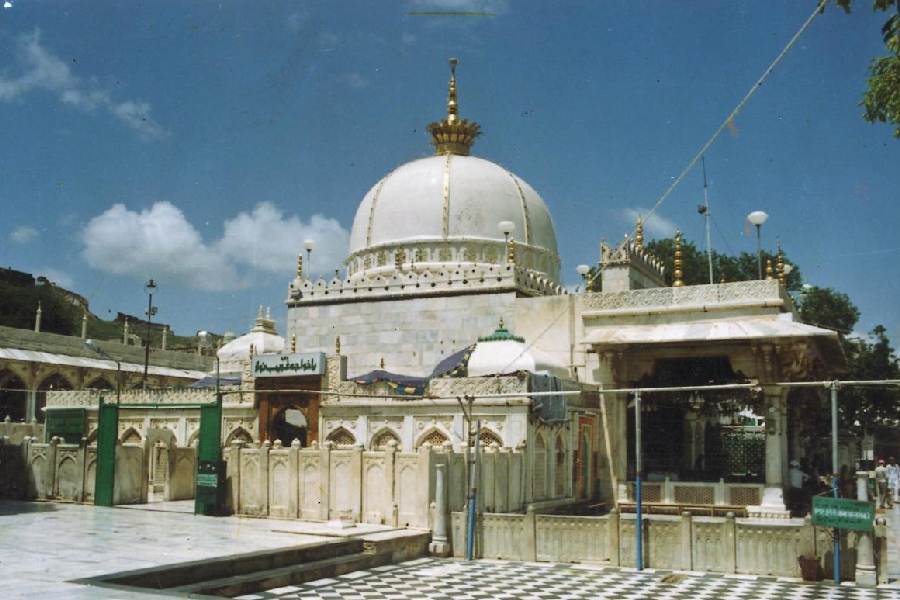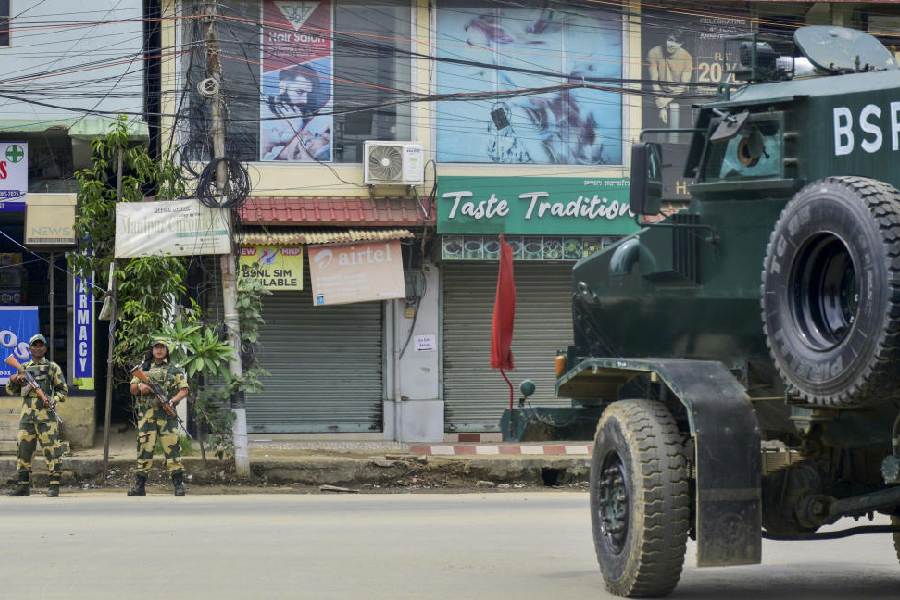 |
1826: Treaty of Yandaboo signed for demarcation of the boundary between India and Burma, which angered the Naga community
1832: Nagas attack a team of 700 troops and 800 coolies, led by British officers Jenkins and Pemberton, near Dimapur
1840-5: Implementation of W. McCullough’s policy of allowing Kuki settlements on “exposed frontiers”
1845-80: British make repeated attempts to occupy Naga-inhabited areas. On March 27, 1880, a team led by Brig. Gen. Nation takes over Khonoma village
1921: Naga-inhabited pockets of Assam classified as “backward areas” of Naga Hills district and kept outside the purview of the Assam provincial Assembly, set up under the Indian Home Rule Act of 1919
1929: In a memorandum to the Simon Commission, the Naga Club tells the British Indian Statutory Commission that the Nagas would not join India
1935: The Government of India Act of 1935 declares the Naga Hills as an “excluded area”, meaning outside the purview of Assam province. The Act divides the British colony in the subcontinent into “British India” and “British Burma”
1946: The Naga Hills District Tribal Council changes its nomenclature to Naga National Council, which soon becomes the flag-bearer of a political movement
1947: NNC submits a proposal for an interim government in Nagaland with India as the “guardian power” for 10 years. Interim government and NNC later sign a nine-point agreement
1951: NNC conducts a plebiscite on May 16 and claims that 99.9 per cent of the Naga population voted for independence
1952: Nagas boycott first general elections
1953: Jawaharlal Nehru and the then Burmese Prime Minister, U. Nu, visit Kohima
1954: On September 18, Phizo announces the formation of a “republican government of free Nagaland” with Hongkhim as “president”
1955: Army called out on August 27 in aid of civil power, vide a proclamation under the Assam Disturbed Areas Act
1956: Naga “home guards” reorganised as an underground group, called the Naga Army, and the formation of a “federal government of Nagaland” proclaimed from “Oking”
1957: As many as 1,760 delegates representing every tribe of the Naga Hills and Tuensang district of the North East Frontier Agency attend rally convened by Naga People’s Convention (NPC) in Kohima. On December 1, the Naga Hills Tuensang Area becomes an autonomous district directly under the Governor of Assam
1960: NPC signs 16-point agreement with the Centre in July
1963: On December 1, Nagaland comes into being as the 16th state of the Indian union
1964: Baptist Church brokers truce between NNC and Centre. Ceasefire takes effect on September 6
1967: NNC leaders leave the “federal government of Nagaland” and form the “revolution military government”
1972: The boundary between India and Burma is officially drawn
1975: Centre and Naga insurgent leaders sign Shillong Accord
1980: National Socialist Council of Nagaland (NSCN) is formed, with Isak Chisi Swu, S.S. Khaplang and Th. Muivah as chairman, vice-chairman and general secretary
1988: Khaplang breaks away from NSCN
1995: Former Prime Minister P.V. Narasimha Rao meets NSCN (I-M) leaders, first in Paris and later in New York
1997: Narasimha Rao’s successor H.D. Deve Gowda meets Swu and Muivah in Zurich in February. On March 4, Prime Minister announces in Parliament that Centre will start dialogue with NSCN (I-M)
1997: After two years of negotiations, NSCN (I-M) signs ceasefire agreement with Centre. Truce takes effect on August 1
1998: Former Mizoram Governor Swaraj Kaushal appointed Centre’s interlocutor in peace talks. Prime Minister Atal Bihari Vajpayee meets Swu, Muivah and Khudao Yanthan in Amsterdam
1999: NSCN (I-M) leaders visit Nagaland and hold meetings with Church and tribal leaders
2000: NSCN (Khaplang) agrees to ceasefire with Centre
2002: On July 11, Centre and NSCN (I-M) jointly announce that Swu and Muivah may return to India for talks










